The Ultimate Ndebele Traditional Attire 2024
The Ultimate Ndebele Traditional Attire 2024
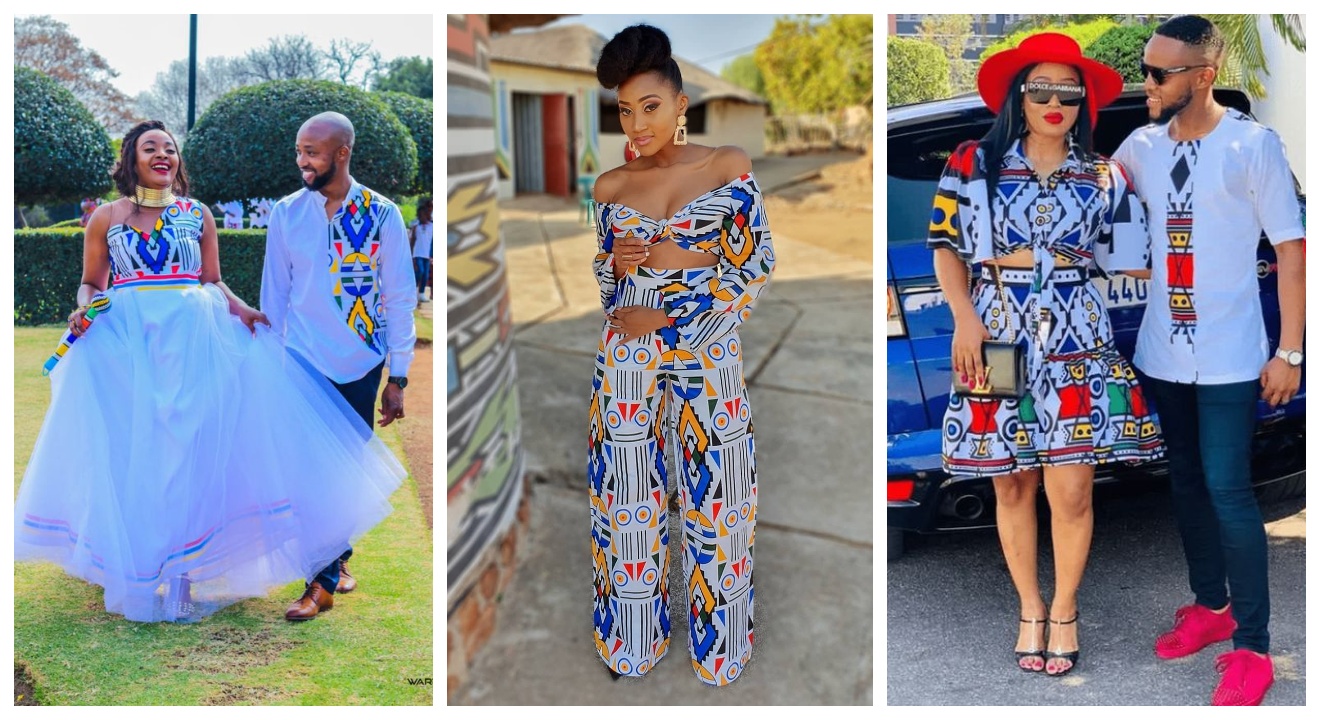
Introduction
Ndebele traditional attire, known for its vibrant colors and intricate designs, holds a significant place in the rich cultural heritage of the Ndebele people. With each passing year, this traditional attire continues to evolve, reflecting the changing trends and preferences of the Ndebele community. In this blog, we will explore the ultimate Ndebele traditional attire for the year 2024, highlighting its characteristics, significance, and cultural importance.
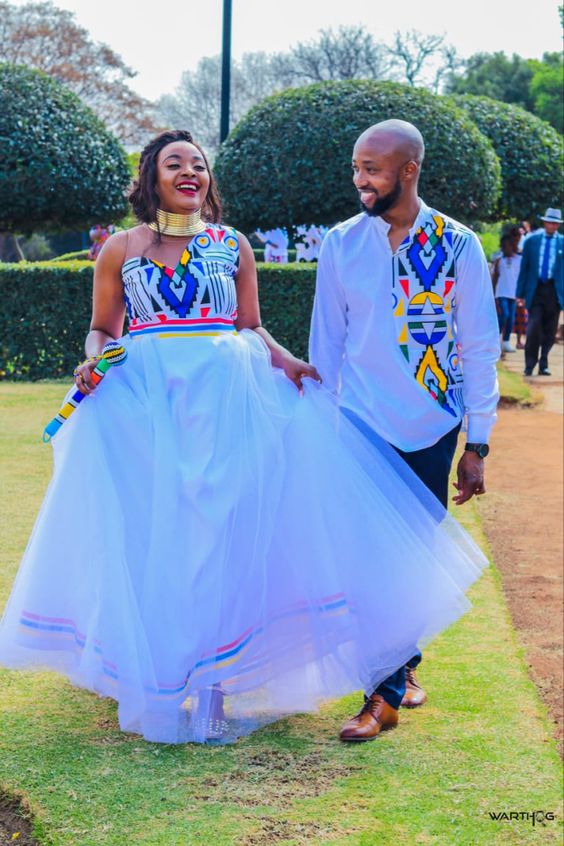
Overview of Ndebele Traditional Attire
The Ndebele traditional attire is characterized by bold geometric patterns, vibrant colors, and meticulous beadwork. The attire typically consists of a flowing skirt for women, adorned with colorful patterns and beaded accessories. Men often wear a shirt and trousers, also decorated with intricate beadwork and symbols representing their heritage.
Significance and Cultural Importance of Ndebele Traditional Attire
Ndebele traditional attire holds immense cultural importance as it not only represents the identity and heritage of the Ndebele people but also serves as a form of self-expression. The intricate designs and colors of the attire are deeply rooted in the cultural beliefs and traditions of the community. Wearing Ndebele traditional attire is a way for the Ndebele people to celebrate their culture, showcase their pride, and pass down their traditions to future generations.
With its unique blend of tradition and contemporary influences, the Ndebele traditional attire for 2024 is sure to captivate and inspire.
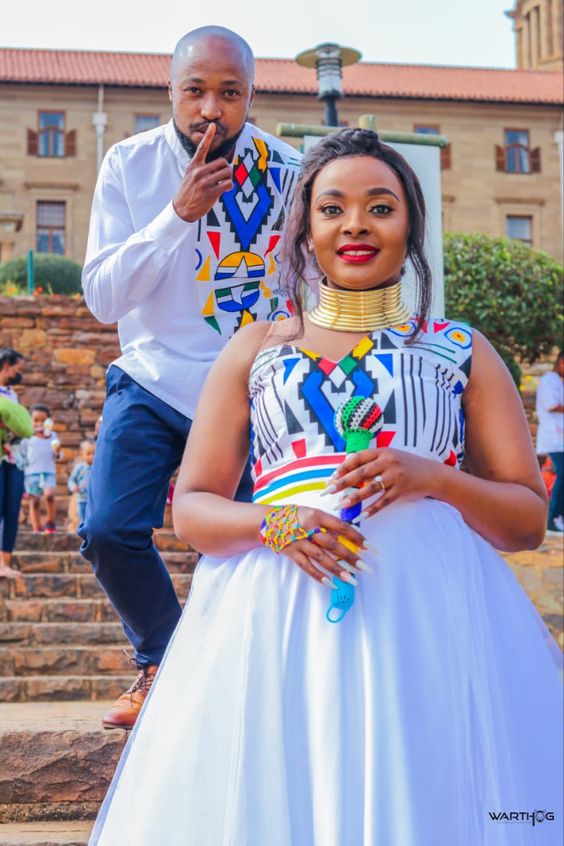
History of Ndebele Traditional Attire
Origin and evolution of Ndebele traditional attire
The Ndebele traditional attire has a rich history that dates back centuries. It originated from the Ndebele people, a Bantu-speaking ethnic group residing in South Africa and Zimbabwe. Historically, the Ndebele women were responsible for creating and wearing these vibrant attires, which served as a means of expressing their cultural identity and social status.
Over the years, Ndebele traditional attire has evolved, incorporating influences from different eras and cultures. The attire’s bold geometric patterns, vibrant colors, and meticulous beadwork have remained a constant, representing the strong cultural heritage of the Ndebele people. However, contemporary elements and modern designs have also been incorporated to meet the changing fashion preferences of the Ndebele community.
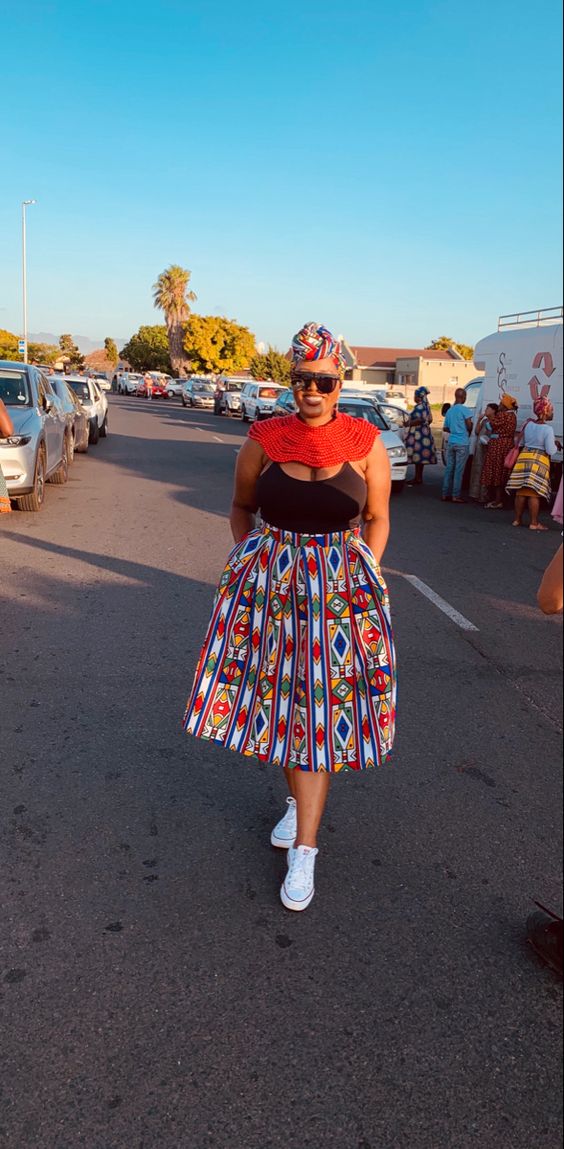
Influences and inspiration behind Ndebele traditional attire
The Ndebele traditional attire is deeply influenced by the cultural beliefs, traditions, and history of the Ndebele people. The geometric patterns and colors are inspired by the Ndebele artwork and architecture, with each symbol and design carrying significant meaning.
Additionally, the attire has been influenced by interactions with other cultures over the years. The arrival of European settlers and the introduction of new fabrics, techniques, and styles have contributed to the evolution of Ndebele traditional attire, blending traditional elements with contemporary influences.
Overall, the Ndebele traditional attire’s history reflects a vibrant and dynamic cultural heritage, honoring the past while embracing the future.
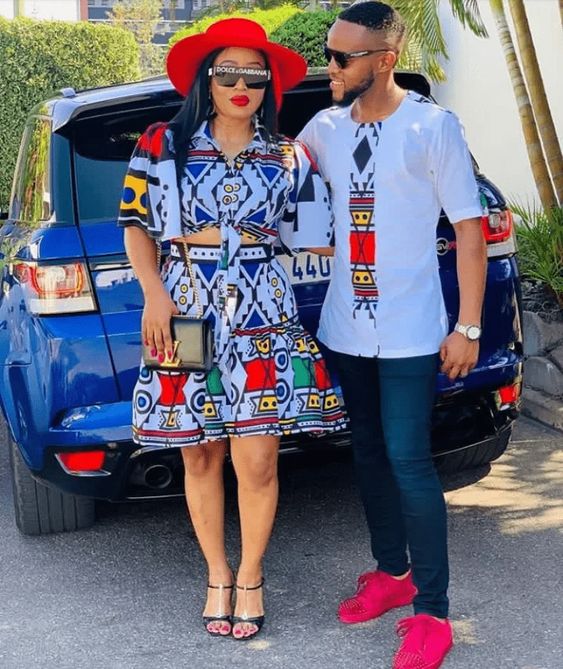
Ndebele Traditional Attire for Men
Traditional clothing pieces for men
Ndebele traditional attire for men consists of unique and vibrant clothing pieces that showcase the rich cultural heritage of the Ndebele people. The attire is characterized by bold patterns, vibrant colors, and meticulous craftsmanship.
One of the traditional clothing pieces for men is the “iNhloko,” a colorful hat made from goat or cow skin and adorned with beads and feathers. It serves as a symbol of status and cultural identity.
The “Isinene” is a traditional loin cloth worn by Ndebele men. It is made from animal skin or fabric and is wrapped around the waist. The Isinene comes in different colors and patterns, reflecting individual preferences and social status.
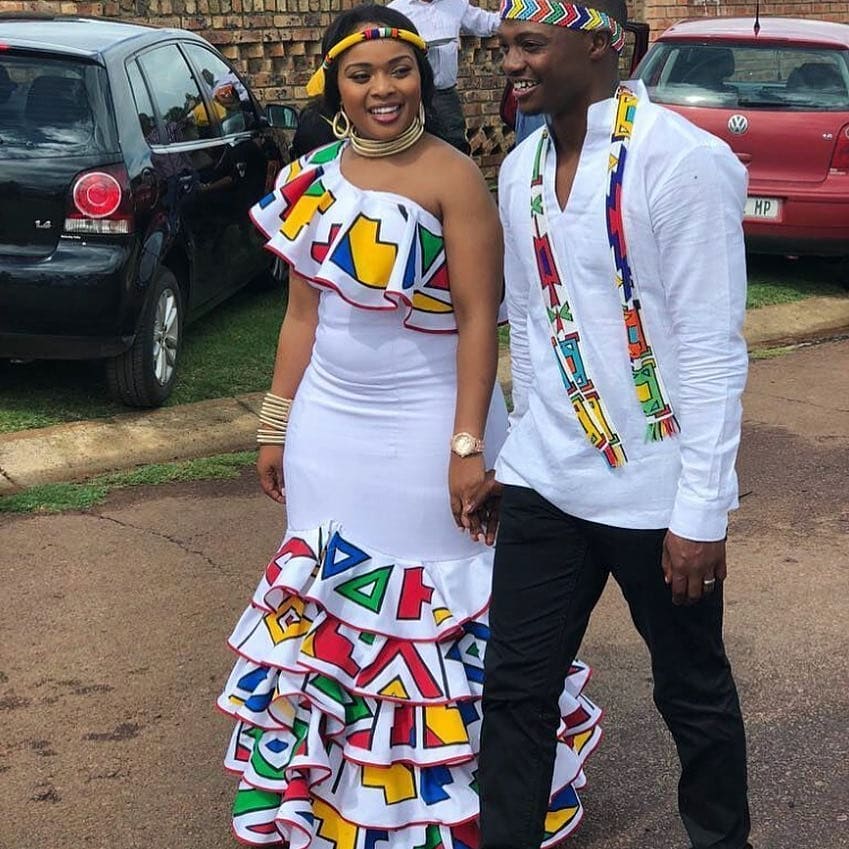
Accessories and embellishments for Ndebele traditional attire for men
To complete the Ndebele traditional attire, men incorporate various accessories and embellishments. Beadwork plays a significant role, with necklaces, bracelets, and anklets adorned with vibrant beads. These accessories are skillfully crafted and often passed down through generations.
Another essential embellishment is the “Izitsha,” which are ankle rings made from copper or brass. These rings not only add a decorative element but also serve as a symbol of wealth and status.
Overall, Ndebele traditional attire for men is a visual masterpiece, combining traditional clothing pieces with intricate accessories and embellishments that reflect the cultural roots of the Ndebele people.
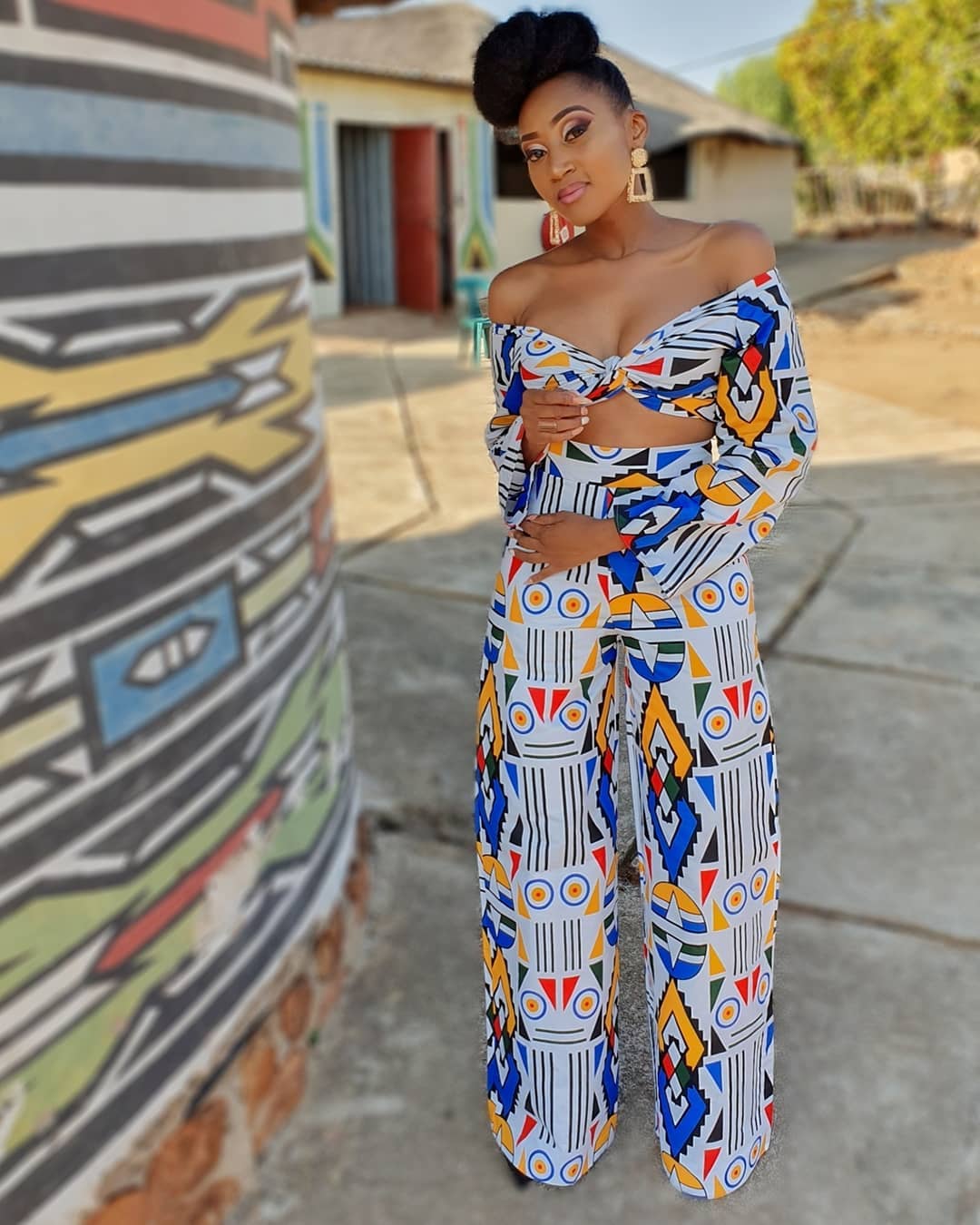
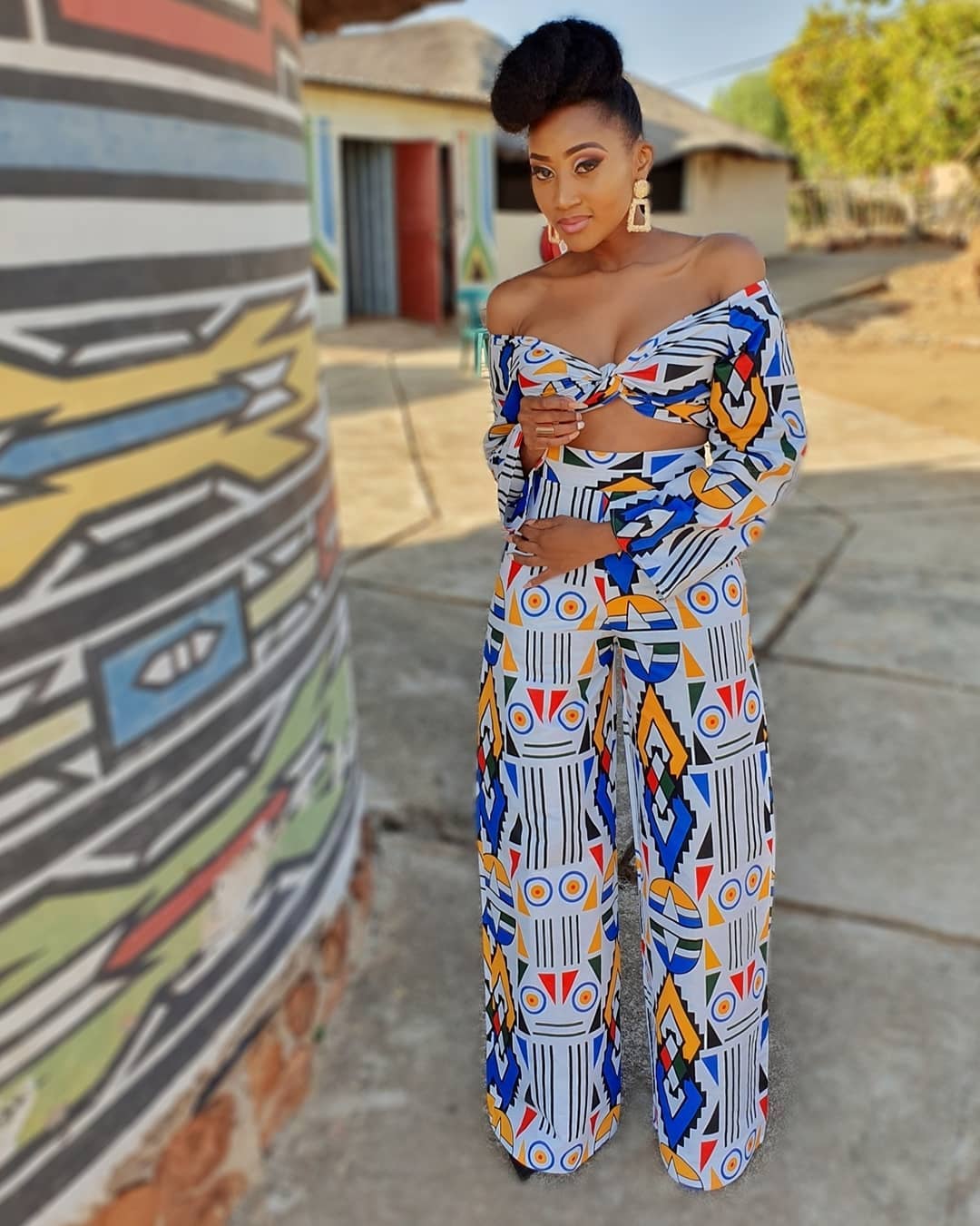
Ndebele Traditional Attire for Women
Traditional clothing pieces for women
Ndebele traditional attire for women is renowned for its vibrant colors, elaborate patterns, and intricate beadwork. The clothing pieces not only showcase the rich cultural heritage of the Ndebele people but also serve as a form of self-expression and identity.
One of the most iconic clothing pieces for Ndebele women is the “isidwaba,” a long skirt that is made from colorful fabric and adorned with eye-catching geometric patterns. This skirt is usually paired with a matching blouse known as the “izicolo,” which also features intricate beadwork and patterns.
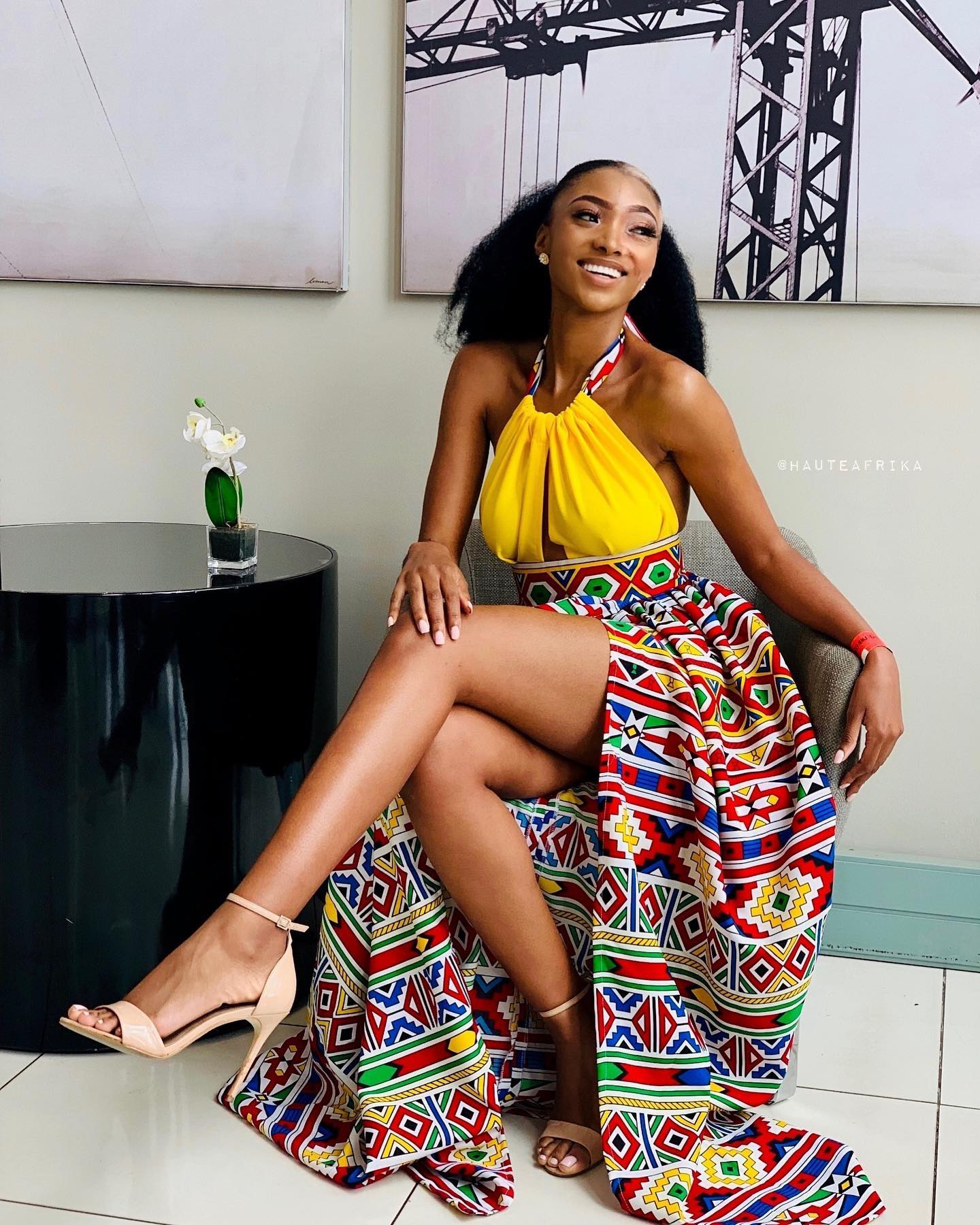
Distinctive features and elements of Ndebele traditional attire for women
The Ndebele traditional attire for women is known for its unique features and elements that set it apart from other traditional attires. One notable feature is the use of beaded necklaces and bracelets, which are meticulously crafted and often passed down through generations. These accessories not only add a touch of elegance but also symbolize cultural pride.
Additionally, Ndebele women often wear a headdress called the “inkehli.” The inkehli is adorned with beads and feathers, adding a regal and distinctive touch to the overall attire.
Overall, Ndebele traditional attire for women is a visual masterpiece that celebrates the cultural heritage and creativity of the Ndebele people. It is a reflection of their identity and a symbol of pride.
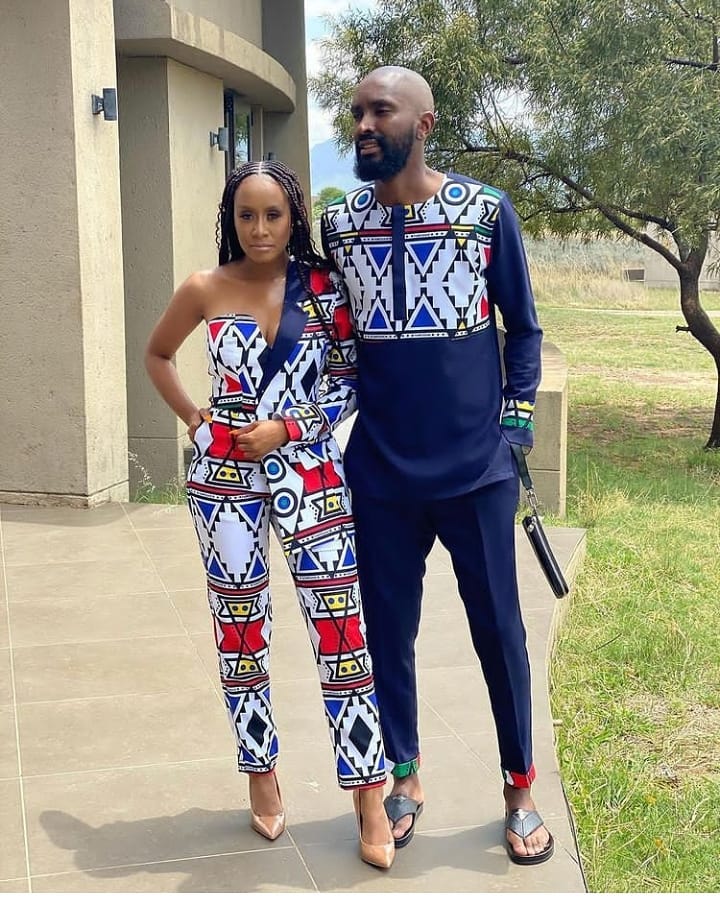
Colors and Patterns in Ndebele Traditional Attire
Meaning and symbolism of colors used in Ndebele traditional attire
Ndebele traditional attire is renowned for its vibrant colors, each carrying its own unique meaning and symbolism. The use of these colors allows Ndebele women to express themselves and showcase their cultural heritage.
One prominent color used in Ndebele traditional attire is red, which symbolizes bravery and strength. It represents the warrior spirit of the Ndebele people. White, on the other hand, signifies purity, while black is associated with wisdom and maturity.
Another significant color is blue, which is believed to possess healing properties and is worn to ward off evil spirits. Green symbolizes fertility and growth, reflecting the importance of nature in Ndebele culture.
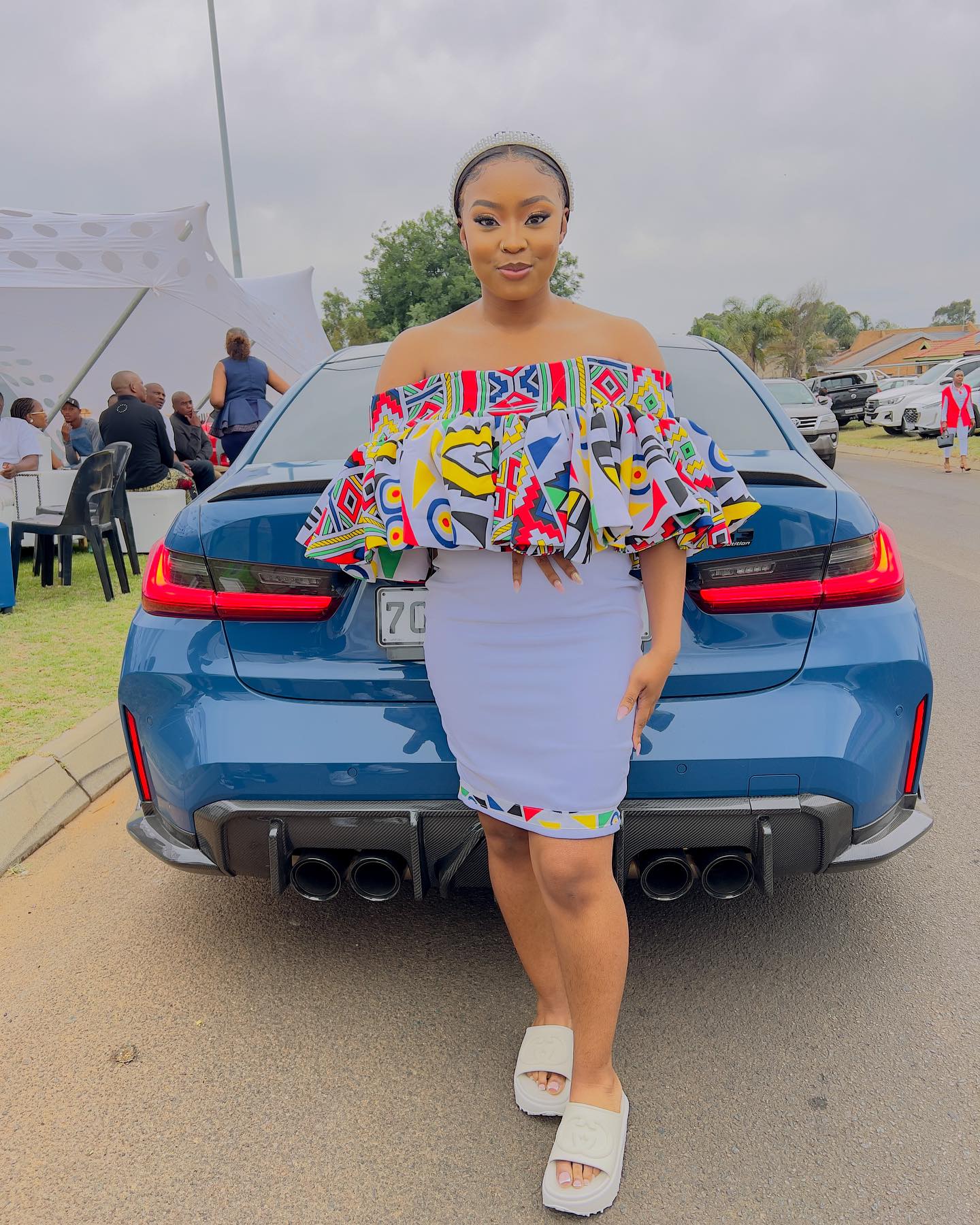
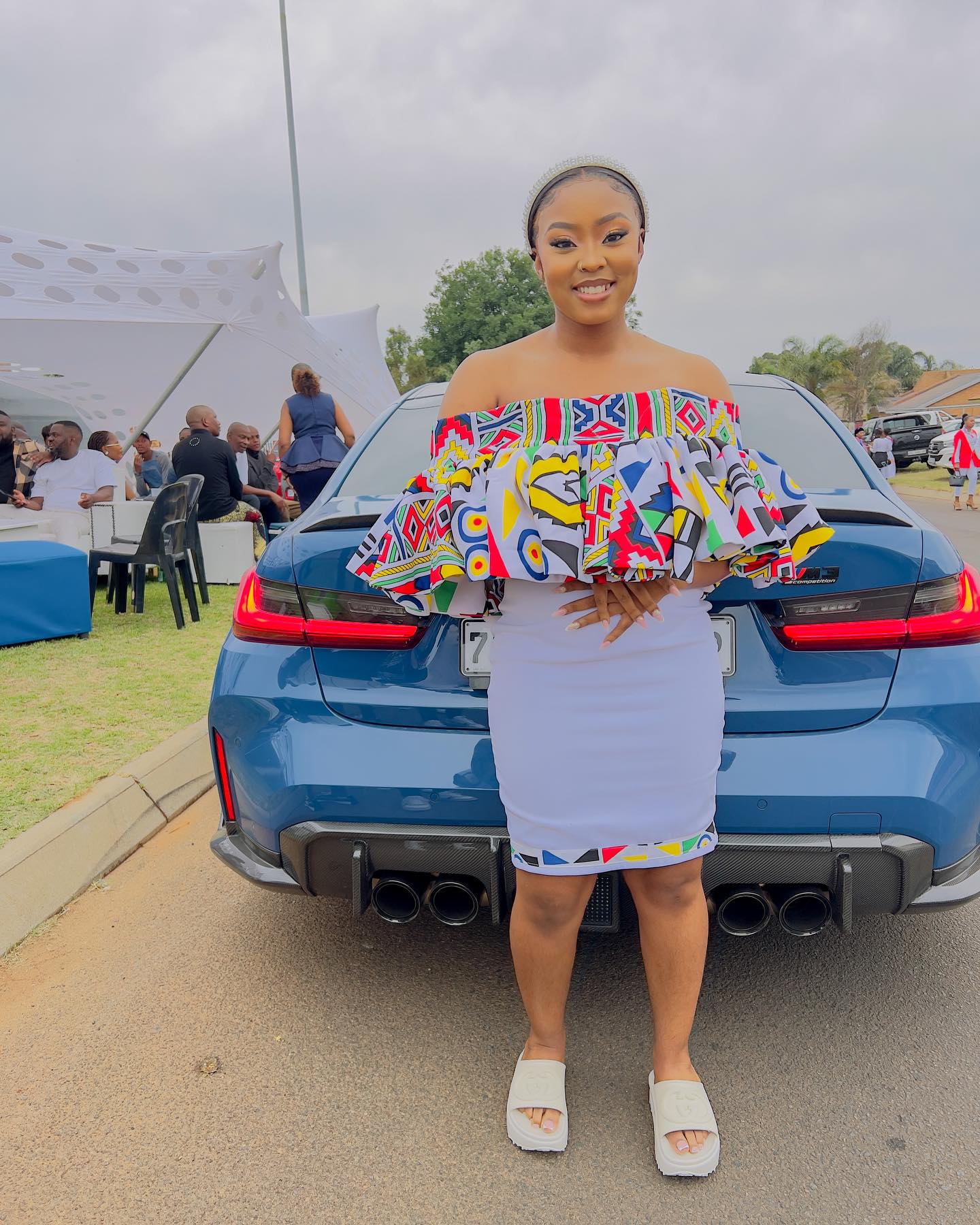
Patterns and designs commonly found in Ndebele traditional attire
The patterns and designs in Ndebele traditional attire are intricate and visually striking. Geometric shapes and lines are prominently featured, representing the connection between the physical and spiritual realms. These patterns often incorporate repetitive motifs, such as triangles, circles, and zigzags.
Another common design element is the use of bold and contrasting colors, creating a visually dynamic and vibrant effect. The combination of these colors and patterns is a testament to the creativity and artistic prowess of the Ndebele people.
Ndebele traditional attire is a true embodiment of cultural pride and identity, with its vibrant colors and intricate patterns serving as a visual representation of the rich heritage of the Ndebele people.
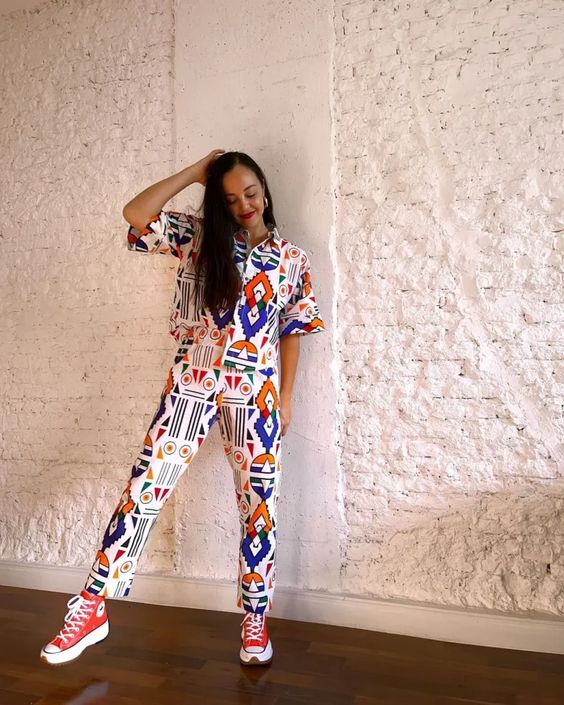
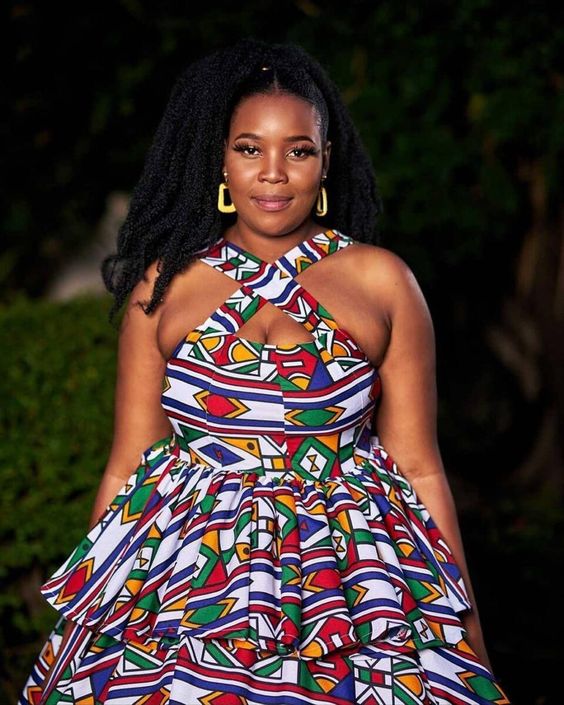
Comments are closed.